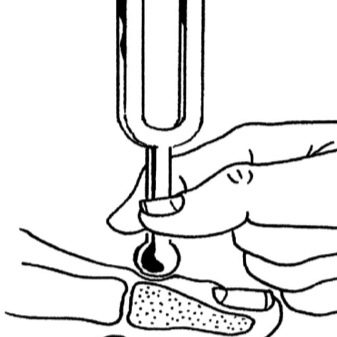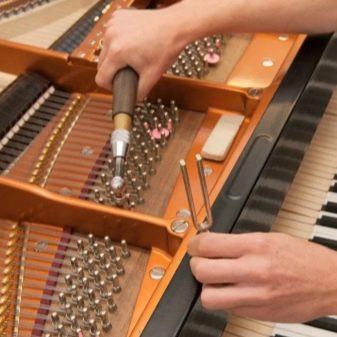All about tuning forks
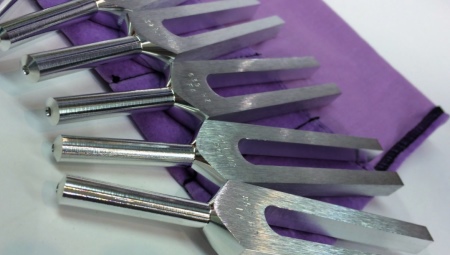
Everyone who is interested in the world of music should know everything about tuning forks. It is necessary to find out in advance what vibration frequency the extracted sound has. You also need to figure out how to use electronic and other tuning forks.
What is it and what is it for?
Literally translated from German, the term "tuning fork" means "room sound" or, more precisely, "sound in the room." The main purpose of using the instrument is to capture and reproduce pulses with a reference frequency. It should be noted that this very frequency or pitch is also called "tuning fork". Such a device is used in music to tune various instruments. The methods of action (generating vibrations) can be very different.
Classic tuning forks go back to the instrument created by John Shore back in 1711. Such a device looks like a two-pronged fork. When you hit it, the ends will vibrate and a sound will appear. Normally, it will become the acoustic standard for singers and those who tune musical instruments. The sound being extracted has a vibration frequency of exactly 419.9 Hz.
Initially, it was decided that the tuning fork sound corresponds to the note A. It is from her that they are repelled when setting up other sounds. The need to tune musical instruments is quite objective. The tension of the strings changes with temperature and with prolonged use. That is why the tuning fork is absolutely irreplaceable.
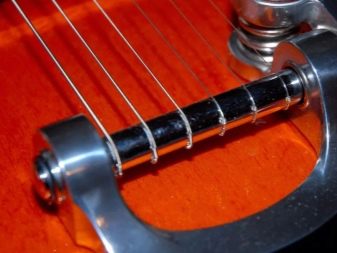
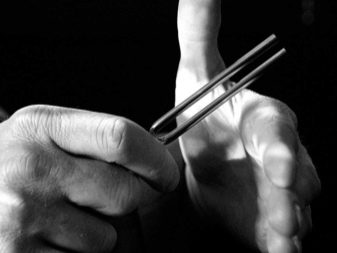
At the end of the 18th century, the standard of the "Petersburg tuning fork", proposed by Giuseppe Sarti, appeared in our country. Its frequency a1 is 436 Hz. Introduced at the initiative of the French Academy of Sciences since 1858, the "normal tuning fork" has a frequency of a1 at 435 Hz.27 years later, at the World Music Conference in Vienna, this level was declared the generally accepted standard. At the same time, it was established that a tone of 1 octave should have a frequency of 440 Hz.
In symphonic practice, tuning forks are rarely used. Instead, the oboe is widely used. However, there is an exception (when a grand piano is played during the performance). Then all other instruments are tuned to the piano. But the orchestral standard itself must be thoroughly verified in advance using the tuning fork.
The universal frequency of 440 Hz applies:
- for the piano;
- for violins;
- for guitars and other instruments containing strings.
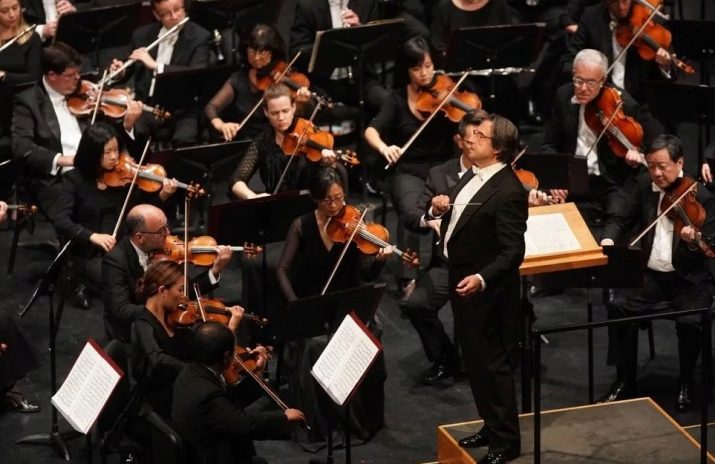
In many cases, tools are made from aluminum alloys. This solution makes it possible to significantly lighten the structure. Often the tuning fork works while being mounted on resonance boxes. More precisely, on a wooden box open on one side, which plays the role of a resonator. The length of the box is very important: it should be exactly 25% of the length of the emitted sound.
When the device starts to work, the rod vertically presses on the lid of the box. This pressing occurs exactly in accordance with the vibration frequency of the tuning fork. According to the laws of acoustics, it is equal to the frequency with which the air in the box vibrates. As a consequence, the pulse leaving the box is amplified due to the resonance effect.
Forks are also used by conductors in choirs. With their help, the perfect vocal sound is worked out. The need to use a resonator is due to the fact that the classical version of the instrument sounds too quiet by itself.
But it must be borne in mind that tuning forks are used not only in the musical field. They are also used by doctors who need an objective way to determine ear pathologies.
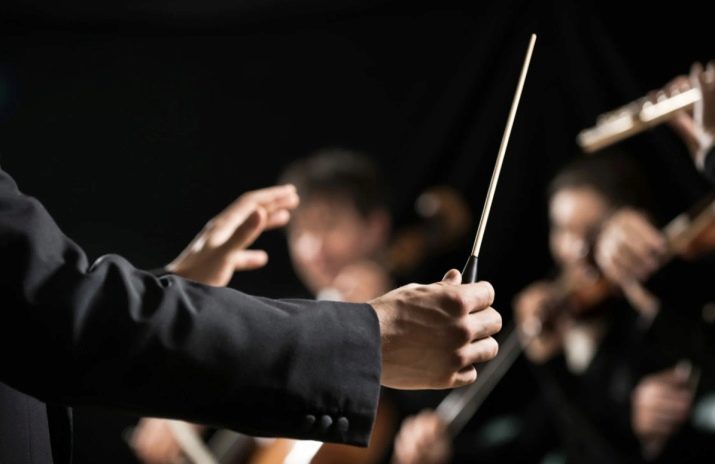
Sound with a precisely adjusted frequency is very useful for detecting the earliest signs of hearing impairment, especially in children. The need for appropriate verification also arises when assessing the magnitude of the lesion, and when establishing indications for operations. In some cases, instrumental testing allows you to differentiate pathologies and choose the most effective, most sparing treatment according to the diagnosis. Tuning forks in medical practice are valuable because they almost do not change their acoustic properties over time. Thanks to its portability, it is convenient to use such a device even when walking around the place of residence.
A tuning fork is well suited for studying both air and bone conduction. Research is carried out in short approaches, 3-5 seconds each. With their longer duration, the auditory organ adapts and gets tired. Sound time and amplitude (sound strength) are in non-linear correlation. In many cases, one is limited to examining the threshold for the base and treble sound. Only in more complex cases, an in-depth study of a wide range of parameters is carried out using a set of Bezold-Edelman tuning forks.
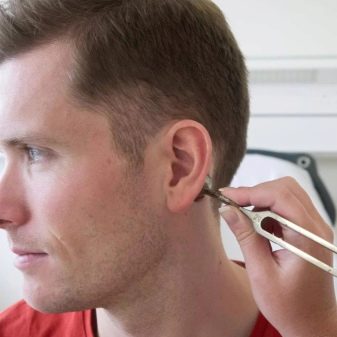
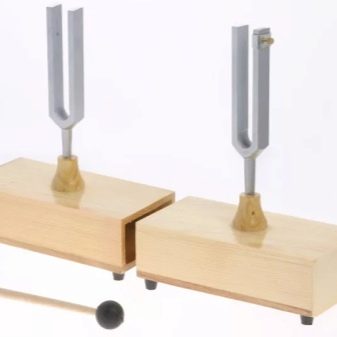
Views
And yet, in most cases, tuning forks are used by musicians, not physicians. The classic version of the device differs little from the prototype invented by Shor. When struck by a mechanical tuning fork, its ends will vibrate. This leads to the appearance of a reference sound. The tuning fork itself, in turn, must be carefully tuned.
A graduated device is obtained strictly under the conditions of an equipped acoustic laboratory. Only where all the required measuring devices are available can a successful adjustment be guaranteed. The wind tuning fork differs from the classic fork version and is visually similar to a whistle. Such a device has a special unit that provides all 12 chromatic sounds. The most accurate are metal products that are extremely resistant to extraneous factors. Tuning the tuning fork is done strictly at 20 degrees. Even a deviation of 1 degree will significantly distort the sound of the instrument.
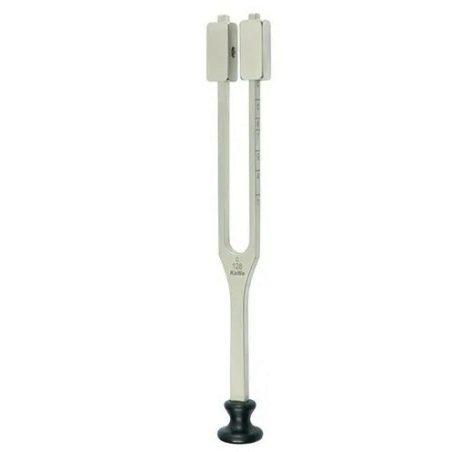
An electronic or digital apparatus is a common amateur radio handicraft, despite this, it shows itself quite well in practice. Such a product copes very well with tuning musical instruments and optimizing vocals in singing lessons. The basic essence is the use of a frequency generator made on a single transistor with autotransformer coupling. Oscillations are generated using a variable resistor. It makes it possible to set a frequency spread of about 1 octave.
The primary winding of the output transformer is usually used as inductors. The cross section of the core is approximately 1.5 square meters. see You can take such a winding from any old radio receiver. It is required that there are approximately 3000 turns of wire in the coil, and the tap goes from the midpoint. The transformer is taken without a core.
Lowering the vibration frequency is very important. For this purpose, the capacitance of the capacitor C2 is increased or an iron core is inserted into the coil. If the capacitance C2 rises, then a higher frequency is obtained. An electronic tuning fork can include a wide variety of low power germanium transistors. Housings are usually made of plastic.
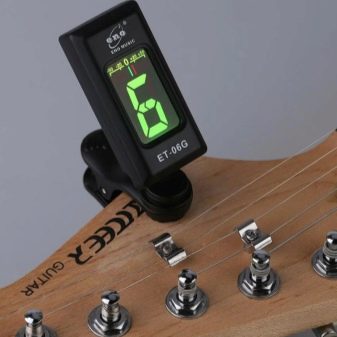
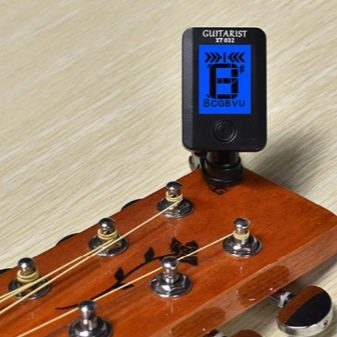
High impedance loudspeakers are preferred. The alternative is the DEM-4M telephone earpiece. The digital tuning fork differs from conventional electronic construction based on microcircuits capable of generating different tones of the tempered scale. The case is usually equipped with 16 pins. Among them there will certainly be an output for determining the dividing factor and an octave output, as well as a channel for power supply.
Even the simplest homemade amplifiers can have excellent frequency response. They can be used to evaluate the signal through headphones or compact speakers. The sensitivity level is determined by a special resistor.
To adjust the sensitivity more quickly, it must have a sensitivity of 1 megohm. Softening the timbre of the signal is possible due to the introduction of a capacitor C7 into the input circuit of the amplifier with a capacitance selected through experiments.
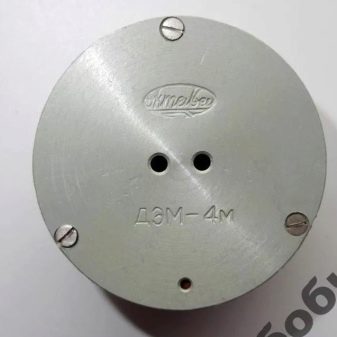
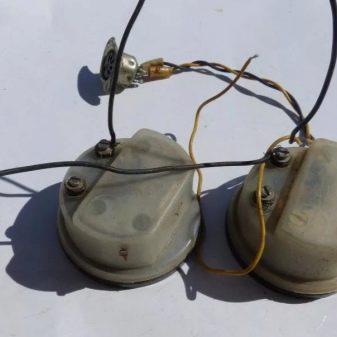
How to use?
If a tuning fork is needed to tune the guitar, then start with the thinnest string. The appropriate octave is selected with a special switch. At the same time, the unpleasant distortion disappears. Sometimes the guitar is in fretting order. This circumstance is checked at the 12th fret, on which there should be a clear sound.
If this condition is met and the placement of the strings in relation to the fretboard is correct, the chords will sound clear. The first tuning string is clamped at the 5th fret. Next, you need to rotate the tuning pegs slightly to change the tension. Only if the sound matches the sound of the reference instrument, the problem will be solved. You should act carefully, without jerking, so that the strings do not break.
The classic tuning fork is held in the right hand. They are lightly beaten on the left index finger, more precisely, on his second phalanx. It is necessary to move only with a hand, it is impossible to change the position of the forearm, shoulder and elbow. When the blow is struck, the instrument is brought to any ear as quickly as possible.
When tuning a piano with a classical tuning fork, set the note A in the first octave, and tune the free string so that the beats occur in increments of at least 10 seconds.
